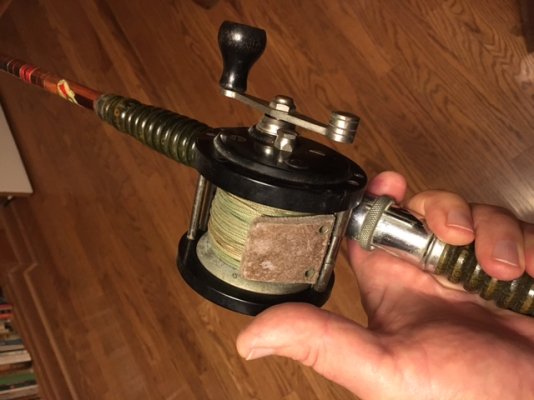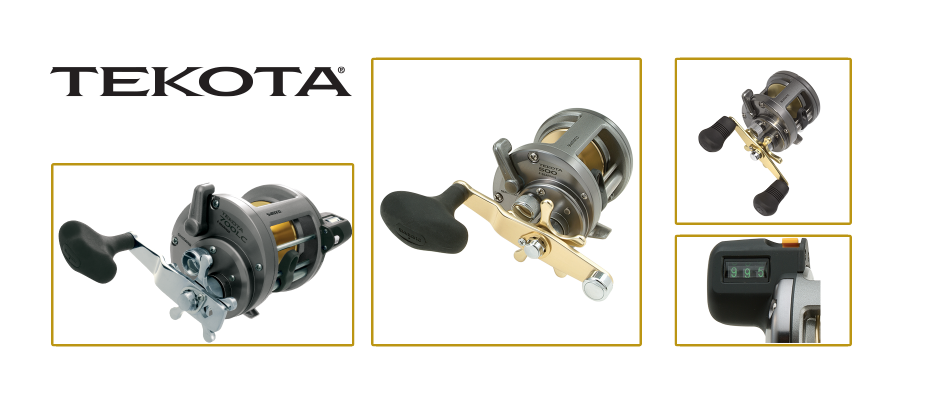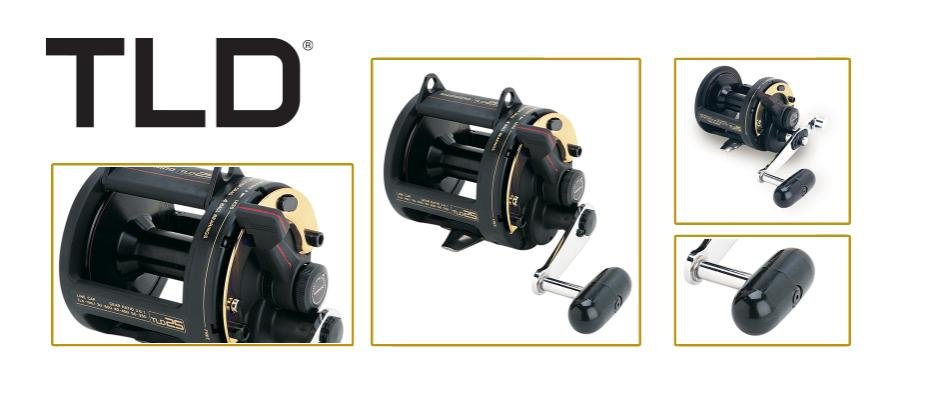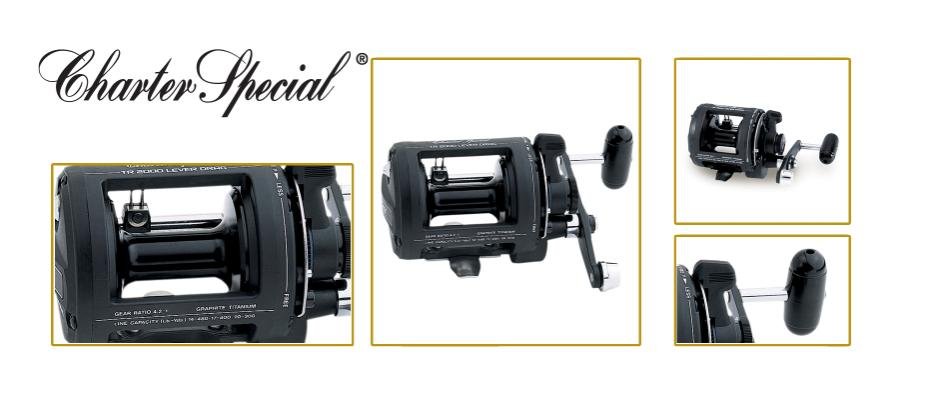MYTraveler
Guru
Avet reels are very good and well priced. More importantly, unlike the vast majority of higher priced / higher precision reels of the most highly regarded brands (Accurate being a good example), they are user serviceable. (I know some will argue that a user can service even an Accurate, but most users cannot. Similarly, some will feel unqualified to service even an Avet, but there are plenty of You tube videos to give instruction and confidence. And in any event, a little fish slim won't gum up an Avet the way it will an Accurate. I have a few Accurates, and they are great, smooth reels, but the vast majority of mine are Avets. One criteria by which reels are judged is the freespool -- how long the reel will continue to spin when in free spool. Avets are very impressive in that regard, but freespool is more important for live bait fishing than for trolling.
One other thought -- with the advent of Spectra line, reels have come a long way in recent years. You no longer need a big reel to hold a lot of line (Spectra is much thinner diameter for any given strength), so a "small" reel holds as much line as a large reel used to hold. And unlike mono, spectra last years and years without taking a set and without degredation of its strength.
I would recommend a couple of two-speed SXJ (lever drag) reels with a "top shot" of 30 pound mono over 80 pound spectra. You can use them for trolling, casting, live bait fishing, though you won't find a single rod that is good for all applications. Get the "magic cast" version, which makes it very difficult to get a backlash/ birds nest when casting. It really is magic (works with a couple magnets but does not impair freespool).
One other thought -- with the advent of Spectra line, reels have come a long way in recent years. You no longer need a big reel to hold a lot of line (Spectra is much thinner diameter for any given strength), so a "small" reel holds as much line as a large reel used to hold. And unlike mono, spectra last years and years without taking a set and without degredation of its strength.
I would recommend a couple of two-speed SXJ (lever drag) reels with a "top shot" of 30 pound mono over 80 pound spectra. You can use them for trolling, casting, live bait fishing, though you won't find a single rod that is good for all applications. Get the "magic cast" version, which makes it very difficult to get a backlash/ birds nest when casting. It really is magic (works with a couple magnets but does not impair freespool).







 )
)